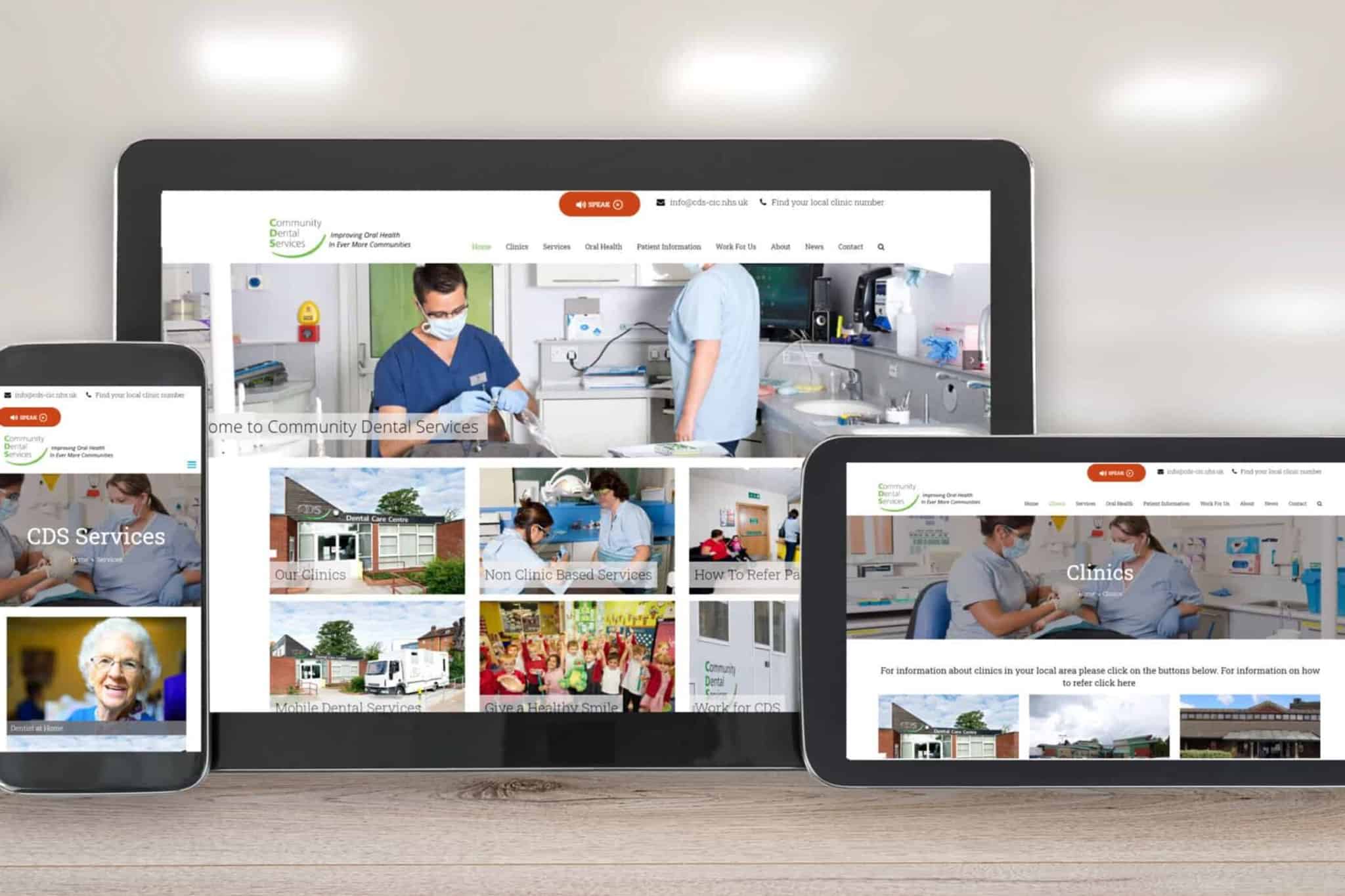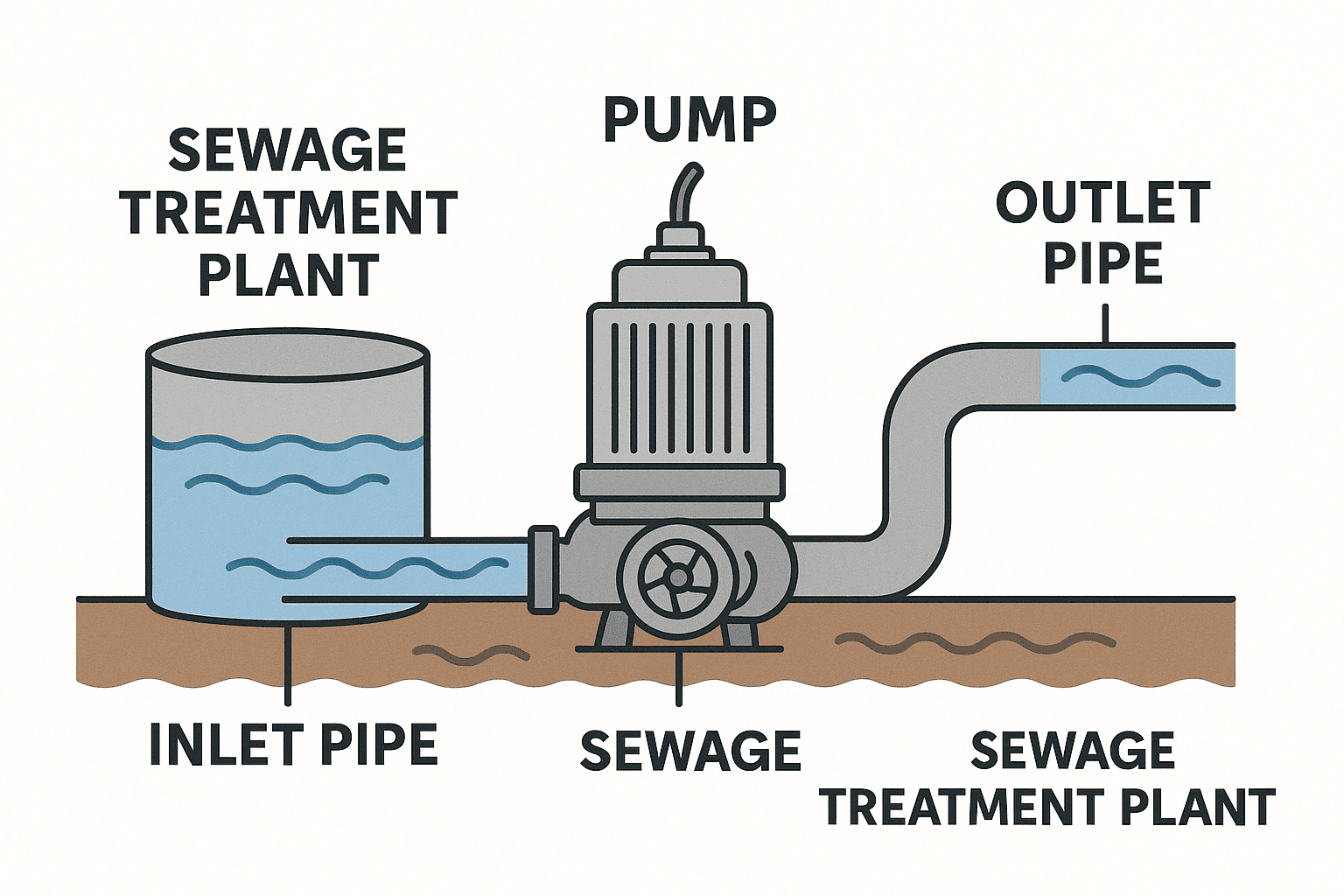Improve Your Sales & Marketing Action Plan
A marketing and sales action plan should include several key elements:
- Market analysis: Research and analysis of the target market, including demographics, psychographics, and buying habits.
- Competitor analysis: Identification of key competitors and analysis of their strengths and weaknesses.
- Value proposition: A clear statement of the unique value that your product or service offers to customers.
- Marketing strategies: A detailed plan for how you will reach and engage your target market, including tactics such as website, advertising, exhibitions, events, and digital marketing.
- Sales strategies: A plan for how you will generate leads and convert them into customers, including tactics such as cold calling, networking, and email marketing.
- Metrics and KPIs: A system for measuring and tracking the performance of your marketing and sales efforts, including key performance indicators (KPIs) such as website traffic, conversion rates, and revenue.
- Budget and resources: A detailed plan for how you will allocate resources such as time, money, and personnel to implement your marketing and sales plan.
- Timing: A timeline for when each element of the plan will be implemented and evaluated.
- Contingency planning: A plan for what to do if things don’t go as expected, including alternative strategies and tactics.
Including all these elements in a marketing and sales plan will help you to establish a clear strategy for growing your business, and track progress in an organised way.
Here are 11 steps which we use when helping our clients to think ‘outside the box’ and get organised.
1. Vision
- Give yourself space and room to think.
- Take a moment to think about the longer term and ‘bigger picture’ for your business.
- Where is your business heading?
- What do you want from your business;
- is it more turnover,
- more profitable customers or
- to expand a new market?
2. SWOT not SWAG
Get your team (or trusted advisors / associates) together and firstly think through
- What is great about the business,
- What your customers like
- What you are best known for.
Then think about the areas where you could improve,
- Maybe some products or services that are not being promoted
- What elements of the business are holding you back – remember its critical to be objective and honest. Otherwise you will end up with SWAG (please feel free to ask if you are unsure about SWAG)
- List your biggest opportunities and note any possible threats to your business.
- Remember – Ask your customers for feedback.
3. Define your markets and customers
- Look at which markets you are operating in. (From a jargon perspective this activity is called segmentation)
- Group together any products or services which are aimed at a similar market.
- Divide up your customer base into types of business or types of people so you can work out what makes them tick.
- Now identify the most profitable products, services and markets for you
- Are there any markets that you could expand into or are there some markets / sectors that either need boosting or exiting ?
- Who are your customers?
- Can you divide them into groups by
- demographic,
- type of business
- industry sector.
- Could your existing customers buy more products or services from you (upsell / cross sell)?
- Are there new customers in sectors that you need to attract to your business?
- Can you divide them into groups by
Its important to remember from a business development perspective it is far easier to sell to customers who already know you and so they are often a good place to start.
4. Competitors
From experience this is one area where many businesses participate in SWAG. It is important that data collected is factual and robust (not anecdotal or assumed)
- Who are your competitors in each market place? Yes for each different product or service you provide you will potentially have a completely different set of competitors
- Direct Competitors
- Indirect Competitors
- Future Competition
- What are their strengths and weaknesses from the perspective of PUV
- How do you compare especially in light of PUV and Pricing
5. Why Should I Buy From You?
- Ask yourself what makes your business different?
- What is it that people actually buy from you?
- Is it your excellent product range, your unique services or is it the way you sell?
Note: We often find that customers buy “emotionally – even on B2B transactions” because of the relationship with a company and they like the service.
Remember: Ask your customers directly and find out exactly what they value.
6. Your Customer’s Pain Points
- What are the issues that keep your customers awake at night?
- What are their concerns when buying your product or service?
- What is your customer looking for that would significantly transform their performance?
Note: You will only gain these insights by talking in detail and getting really inside your customers shoes
7. Prioritise
- From all this analysis, which are your best opportunities from a product / customer perspective?
- Where are you going to get the best return on investment for your business?
- Do you have a new product or service that you need to communicate to existing customers?
- Do you need a campaign to attract new customers and expand your market?
8. Clarify the critical PUV’s
- For each of your customer types you need to establish the top 3 PUV’s
- The best way to identify these is engage in detailed conversations and discussions with your customers.
- These PUV’s should not be about your business but primarily you need to identify what your customers need to hear?
9. Communication and Promotion
- Unfortunately this is the sexy and tangible point and often the place where people start.
- In our experience over the last 20 years companies have wasted huge amounts of money and time by creating and implementing incorrect communication and promotion
- Activity 9 is so important we will dedicate a separate dedicated article to the activity and include the development of your sales and marketing action plan
10. Action – Make It Happen
Once you have your sales and marketing action plan developed you can then get on with the actions.
The purpose of the plan is to generate sales and marketing actions so get on with it.
11. Measure & Review
- All sales and marketing activities that you perform should be measurable
- Tracking telephone calls
- Website analysis
- Analysing proposal to sales conversion ratios
- Number of people who click on an e mail link
- Sales conversion for those who respond to an advert
- The measurement points are endless and we will look at these in detail in future articles
The difference between a marketing plan and a marketing audit
A marketing plan and a marketing audit are two distinct but interrelated components of a comprehensive marketing strategy. Here’s how they differ:
- Purpose:
- Marketing Plan: A marketing plan is a proactive, forward-looking document that outlines the marketing goals, strategies, and tactics to be implemented within a specific timeframe. It focuses on setting objectives, identifying target audiences, and defining the actions needed to achieve desired outcomes.
- Marketing Audit: A marketing audit is a retrospective evaluation of the effectiveness and efficiency of a company’s existing marketing activities. It assesses the performance of past and current marketing efforts, identifies strengths and weaknesses, and provides insights to inform future marketing planning.
- Timeframe:
- Marketing Plan: A marketing plan typically covers a defined period, such as one year, and outlines the marketing activities to be executed during that time. It is a proactive and future-oriented roadmap for achieving marketing objectives.
- Marketing Audit: A marketing audit can be conducted at any point in time and is not limited to a specific timeframe. It reviews the past and current marketing efforts to assess their performance and effectiveness.
- Focus:
- Marketing Plan: A marketing plan primarily focuses on outlining strategic goals, target market analysis, positioning, marketing mix elements (product, price, promotion, and place), and marketing budgets. It provides a detailed plan of action to achieve marketing objectives and drive business growth.
- Marketing Audit: A marketing audit focuses on evaluating the effectiveness and efficiency of marketing activities already implemented. It examines various aspects, such as marketing strategies, campaigns, messaging, channels, customer insights, and competitive analysis. The goal is to identify areas of improvement and optimization.
- Action vs. Evaluation:
- Marketing Plan: A marketing plan lays out the action steps, timelines, and responsibilities required to implement the marketing strategies and achieve the desired outcomes. It is a proactive tool that guides the execution of marketing activities.
- Marketing Audit: A marketing audit involves an evaluation of past and current marketing activities to assess their impact, identify gaps or inefficiencies, and provide recommendations for improvement. It is a retrospective analysis that helps refine future marketing plans.
A marketing plan is a proactive roadmap for achieving marketing goals, while a marketing audit is an evaluation of past and current marketing efforts to assess their effectiveness and inform future planning. Both are essential components of a comprehensive marketing strategy and should be used in conjunction to drive continuous improvement and achieve marketing objectives.
The Benefit of a Marketing Action Plan
In conclusion, a marketing and sales action plan is a critical tool for any business looking to grow and succeed in today’s competitive marketplace. By conducting market research, analysing competitors, and clearly defining your value proposition, you can create a strategy for reaching and engaging your target market.
With a detailed plan in place, you can focus your resources on the most effective tactics and track progress through key performance indicators. A marketing and sales actionplan also allows for contingency planning, which can help you to adapt to changing market conditions and stay ahead of the curve.
Overall, investing time and effort into creating a comprehensive marketing and sales action plan can provide significant benefits for your business, including increased revenue, improved customer acquisition and retention, a high performing web site and a clear roadmap for growth.
If you would like to know more about a marketing & Sales Action Plan for your business contact Andrew Goode MBA, MSc, FCIM Click here to arrange a call
Other articles linked with marketing metrics that may provide additional insight. Marketing metrics and analytics, marketing ROI Planning , marketing revenue analytics and Marketing Measurement Metrics and Website Design












